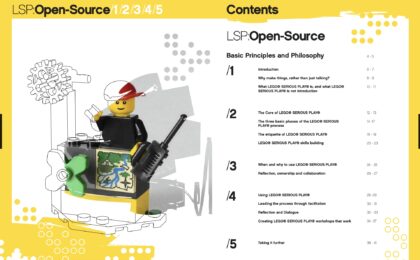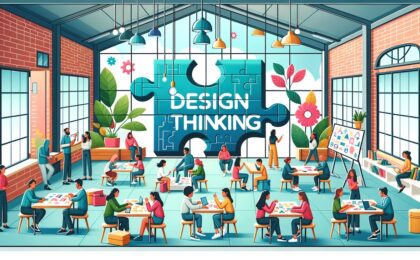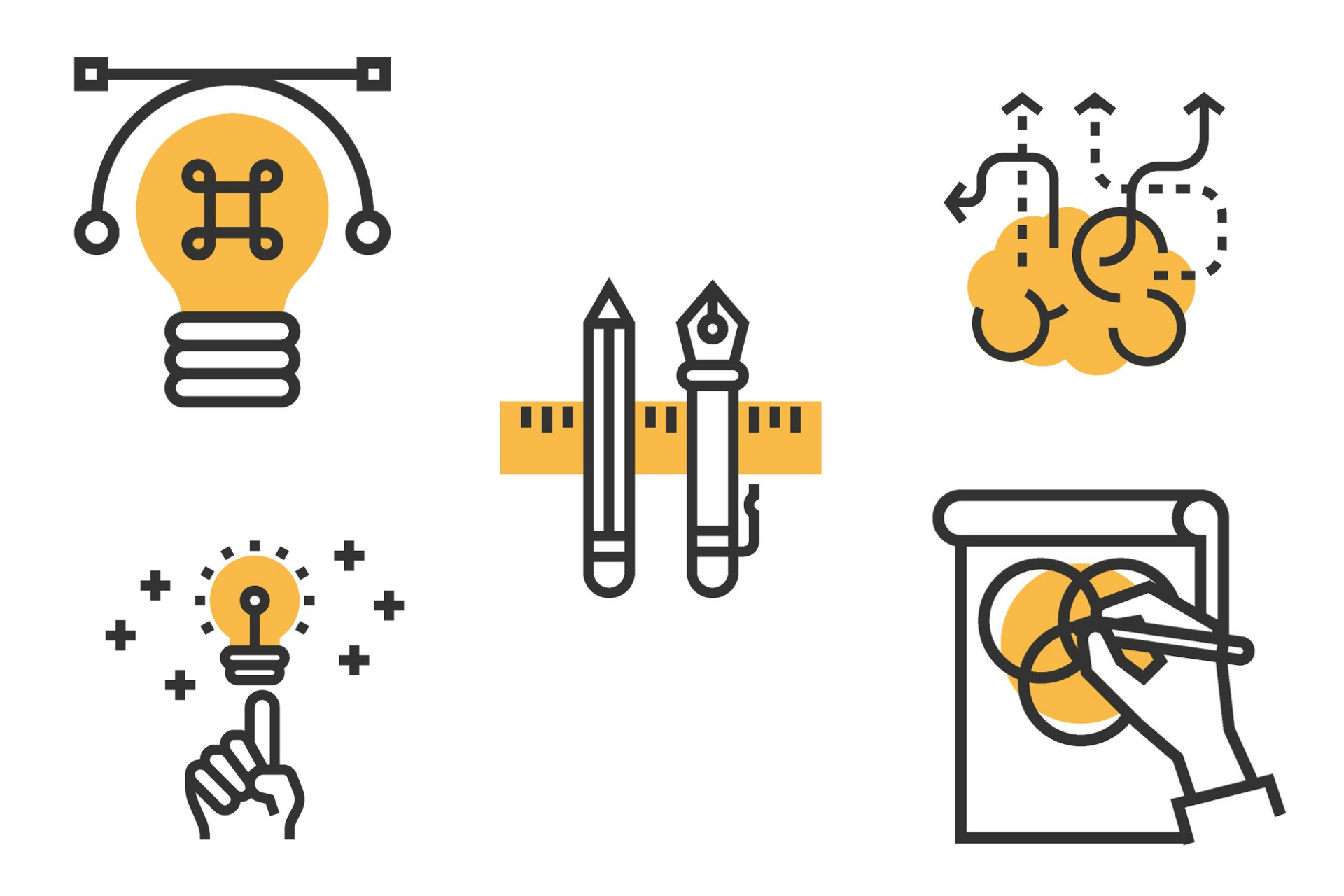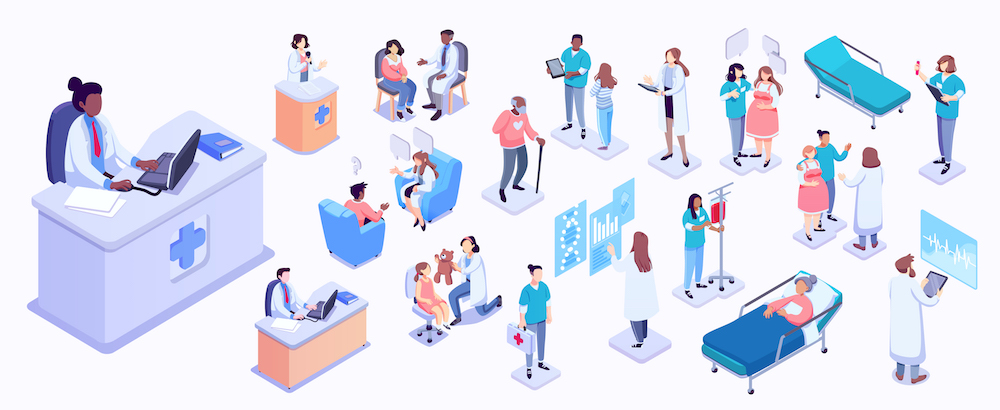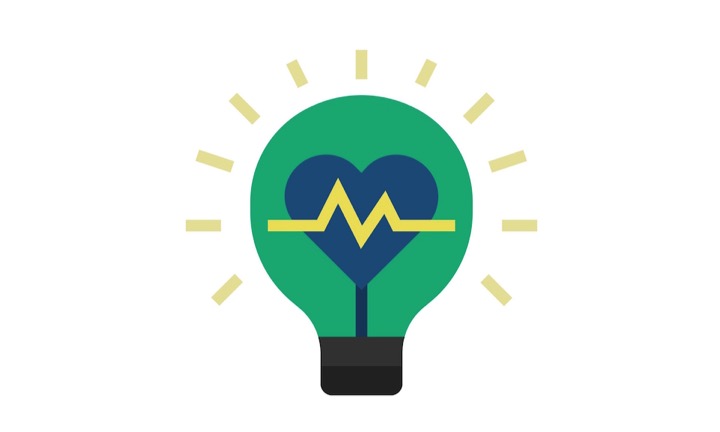LEGO® Serious Play® Open Source PDF Guide
Have you seen or experienced a LEGO® workshop for adults and are interested in learning more about how it's done? There is a formal methodology called LEGO® Serious Play® that's backed by research. Whether you're a facilitator, team leader, or gamification enthusiast, the open source LEGO® Serious Play® PDF guide is an invaluable resource that can help you master this powerful methodology.
